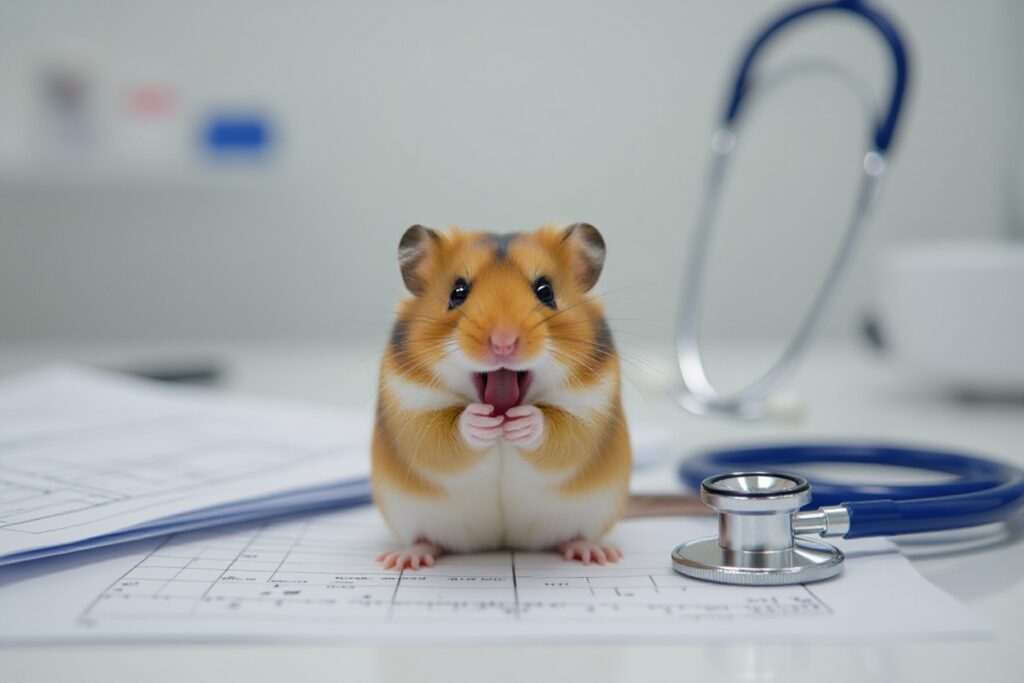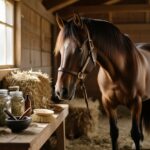Most livestock owners understand the importance of proper ventilation in their animal shelters to maintain optimal health and well-being for their animals. Inadequate ventilation can lead to a buildup of harmful gases, excessive moisture, and poor air quality, which can result in respiratory issues and other health problems for livestock. In this comprehensive guide, we will discuss the key strategies and best practices for ensuring your livestock shelter is adequately ventilated to create a comfortable and healthy environment for your animals.
Assessing Your Ventilation Needs
Factors Influencing Ventilation Requirements
Your livestock shelter’s ventilation needs will depend on various factors such as the number of animals housed, their size, age, and species. Climate and weather conditions, as well as the layout and materials of the shelter, will also play a role in determining the appropriate ventilation system. Ensuring proper air circulation is crucial for maintaining the health and well-being of your animals.
- Number of animals
- Size, age, and species of animals
- Climate and weather conditions
- Shelter layout and materials
Knowing these factors will help you determine the most effective ventilation solution for your livestock shelter.
Estimating Your Livestock’s Ventilation Demands
There’s a simple formula you can follow to estimate your livestock’s ventilation demands. Calculate the total cubic feet of the shelter and multiply it by the number of air exchanges per hour recommended for your animals. This will give you the minimum ventilation rate required to maintain good air quality within the shelter. Regularly monitoring the air quality and observing your animals’ behavior can also provide valuable insights into whether your ventilation system is adequate for their needs.
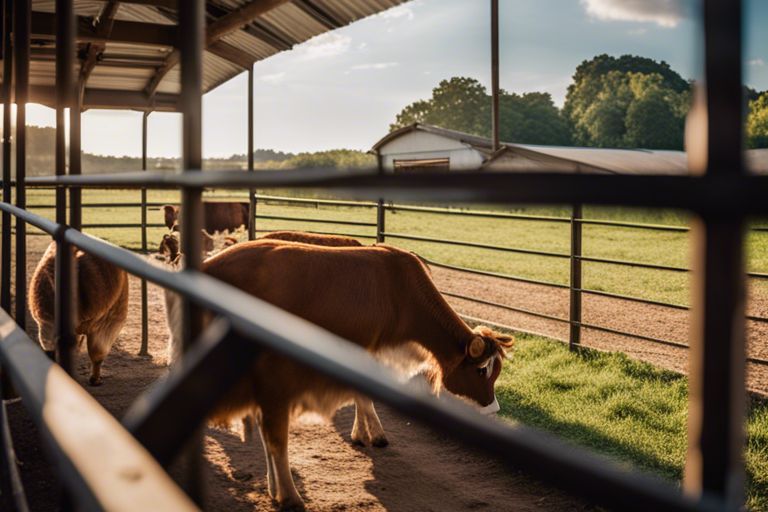
Ventilation Techniques for Livestock Shelters
Natural Ventilation Strategies
You need to harness the power of nature when it comes to ventilating your livestock shelter. Utilizing natural ventilation strategies can help enhance air circulation and quality in the shelter, promoting the health and well-being of your animals. Simple techniques such as installing ridge vents, doors and windows strategically, and orienting the shelter to take advantage of prevailing winds can make a significant difference.
Mechanical Ventilation Solutions
Clearly, in some cases, natural ventilation may not provide adequate airflow for the size or layout of your livestock shelter. This is where mechanical ventilation solutions come into play. Options like exhaust fans, intake vents, and air circulation systems can help ensure a consistent flow of fresh air throughout the shelter, particularly during extreme weather conditions or in tightly sealed buildings.
Plus, you can consider incorporating automation into your mechanical ventilation system with timers, sensors, or climate control devices to regulate airflow based on temperature, humidity, or air quality levels. This can help optimize ventilation efficiency and reduce energy costs in the long run.
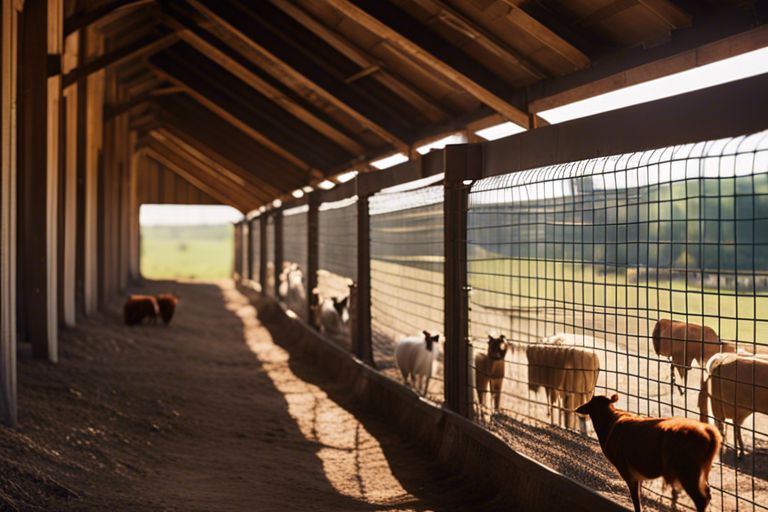
Implementing Your Ventilation Plan
Tips for Effective Ventilation Installation
Now that you have a well-thought-out ventilation plan, it’s time to put it into action. When installing your ventilation system, make sure to consider the following tips for maximum effectiveness:
- Position fans strategically to ensure proper air circulation.
- Regularly clean and maintain ventilation equipment to prevent blockages.
- Consider the direction of prevailing winds to optimize natural airflow.
Any adjustments needed to improve ventilation should be made promptly to ensure the health and comfort of your livestock.
Maintaining and Adjusting Your Ventilation System
Ventilation is crucial for the well-being of your animals, so it’s important to regularly maintain and adjust your ventilation system. Keep an eye on the performance of your ventilation system and make adjustments as needed to ensure proper air exchange and temperature control. Regular inspections and cleaning of fans, vents, and air intakes will help prevent malfunctions and ensure optimal ventilation.
Monitoring and Evaluating Ventilation Efficacy
Tools and Methods for Assessing Air Quality
Evaluating the efficacy of ventilation in your livestock shelter is crucial for the health and well-being of your animals. Tools such as digital hygrometers and thermometers can help you monitor temperature and humidity levels inside the shelter. Additionally, using carbon dioxide detectors can indicate the concentration of CO2 in the air, a key indicator of poor ventilation. Regularly measuring these parameters can provide valuable insights into the quality of air circulation in your shelter.
Signs of Inadequate Ventilation and Remedies
Methods for assessing air quality in your livestock shelter go beyond just monitoring the physical parameters. It’s vital to also be aware of the signs of inadequate ventilation. These can include the presence of condensation on windows, a lingering musty odor, or an increase in respiratory issues among your animals. Remedies for poor ventilation may include adjusting the number and location of vents, installing fans or air circulation systems, or even redesigning the shelter layout to improve airflow.
Monitoring the air quality and ventilation efficacy in your livestock shelter should be an ongoing process. Regularly assessing the effectiveness of your ventilation system and being vigilant for signs of poor air circulation can help you make necessary adjustments to ensure a healthy environment for your animals.
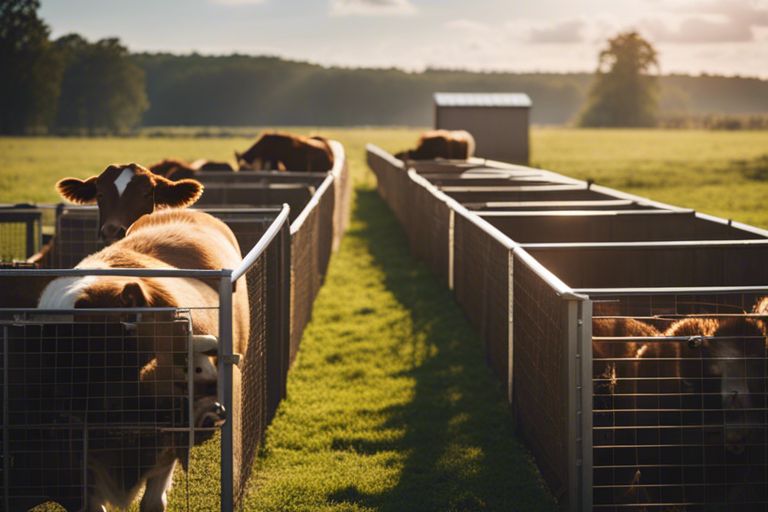
Health and Safety Considerations
Ensuring the Health of Your Livestock
To ensure the health of your livestock, proper ventilation is imperative. Adequate airflow helps regulate temperatures, reduce humidity, and prevent the buildup of harmful gases like ammonia. Implementing a well-designed ventilation system will also help minimize the spread of disease and improve overall air quality in the shelter. Regularly check your ventilation system to ensure it is functioning optimally and make any necessary adjustments to keep your animals healthy and comfortable.
Protecting Workers and Visitors
There’s no compromise when it comes to protecting the health and safety of workers and visitors in a livestock shelter. Proper ventilation not only benefits the animals but also creates a healthier environment for those who care for them. Poor ventilation can lead to the accumulation of dust, mold, and pathogens, putting humans at risk of respiratory issues and other health problems. Implementing good ventilation practices not only safeguards the well-being of your livestock but also of everyone who enters the shelter.
Workers and visitors should be made aware of the importance of proper ventilation in a livestock shelter and provided with any necessary protective gear, such as masks, to prevent inhalation of harmful particles. Regular training on ventilation systems and safety protocols should be conducted to ensure everyone understands the importance of maintaining a well-ventilated environment for both humans and animals.
Conclusion
Presently, we have discussed the importance of proper ventilation in livestock shelters and provided key guidelines to ensure optimal air quality for animals. By following these strategies such as maintaining proper ventilation openings, utilizing fans when necessary, and monitoring humidity levels, you can create a healthy and comfortable environment for your livestock. Keep in mind, adequate ventilation not only improves air quality but also plays a crucial role in preventing respiratory diseases and ensuring overall well-being of your animals. By implementing these practices, you can effectively ventilate your livestock shelter and promote a thriving and productive environment for your livestock.
FAQ
Q: Why is proper ventilation important in a livestock shelter?
A: Proper ventilation in a livestock shelter is crucial to ensure air quality, regulate temperature, remove excess moisture, and prevent the buildup of harmful gases that can affect the health of the animals.
Q: What are the signs of poor ventilation in a livestock shelter?
A: Signs of poor ventilation in a livestock shelter include stuffy air, condensation on walls or ceilings, foul odors, increased humidity, and respiratory issues in animals.
Q: What are the different types of ventilation systems for a livestock shelter?
A: Common types of ventilation systems for a livestock shelter include natural ventilation (windows, doors, vents), mechanical ventilation (fans, exhaust systems), and ridge vents.
Q: How can I calculate the ventilation requirements for my livestock shelter?
A: Ventilation requirements depend on factors such as the type and size of livestock, shelter dimensions, climate, and outdoor air quality. Consult with a ventilation expert or agricultural extension office for specific calculations.
Q: How often should I clean and maintain the ventilation system in my livestock shelter?
A: It is recommended to clean and inspect the ventilation system in your livestock shelter regularly, at least once a year. Replace filters, remove debris, check for blockages, and ensure all components are functioning properly.
Q: What are some best practices for ensuring proper ventilation in a livestock shelter?
A: Best practices for proper ventilation in a livestock shelter include designing the shelter with proper airflow in mind, installing adequate ventilation systems, monitoring air quality and temperature, and ensuring regular maintenance and cleaning of the ventilation system.
Q: How can I improve ventilation in an existing livestock shelter?
A: To improve ventilation in an existing livestock shelter, consider adding additional vents or fans, installing ridge vents, keeping doors and windows open when possible, and ensuring proper air circulation throughout the shelter.


